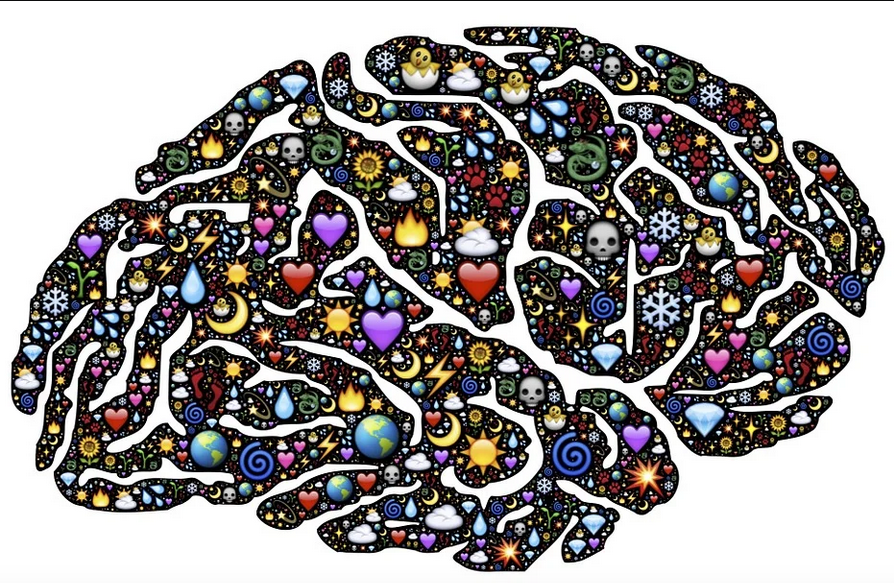Media release
From: Monash UniversityAn international study involving Monash physicists has conrmed a new approach to measure consciousness, potentially
changing our understanding complex neurological problems.
The study published today in Physical Review Research (https://link.aps.org/doi/10.1103/PhysRevResearch.2.023219) describes how tools from physics and complexity theory were used to determine the level of consciousness in fruit flies.
“This is a major problem in neuroscience, where it is crucial to differentiate between unresponsive vegetative patients and those suffering from a condition in which a patient is aware but cannot move or communicate verbally because of complete paralysis of nearly all voluntary muscles in the body,” said study author Dr Kavan Modi, from the Monash University School of Physics and Astronomy.
The research team, which includes Dr Modi, PhD candidate Roberto Muñoz also from the School of Physics and Astronomy, and Monash University Psychology Associate Professor Nao Tsuchiya, has found a way to measure the level of conscious arousal in fruit ies using the complex signals produced by the brain.
"Our technique allows us to distinguish between ies that have been anesthetised and those that have not, by calculating the time-complexity of the signals," said Dr Modi.
“The study is signicant because it highlights an objective way to measure conscious arousal, based on well-established ideas from complexity theory,” he said.
“It is potentially applicable to humans - and it reects a growing interest in new theories of consciousness that are experimentally testable.”
The research team studied the brain signals produced by 13 fruit ies both when they were awake and when they were anesthetised. They then analysed the signals to see how complex they were.
“We found the statistical complexity to be larger when a y is awake than when the same y is anaesthetised,” Dr Modi said.
“This is important because it suggests a reliable way to determine the level of conscious arousal by tapping into a small region of the brain, rather than many parts of the brain.
“It also suggests that there is a clear marker of conscious arousal that does not depend on specic external stimuli.”
The researchers concluded that applying a similar analysis to other datasets, in particular, human EEG data could lead to new discoveries regarding the relationship between consciousness and complexity.


